New Import Duties Could Body Slam Subaru

Subaru is a once-tiny manufacturer that grew in leaps and bounds thanks to high demand from the United States. The automaker is the eighth best-selling brand in the region, despite being a scrappy upstart, and has managed multiply its volume many since the 1990s. But, like any business loaded into a cannon with the word “success” emblazoned on the side, it can’t continue streaming through the clouds indefinitely without encountering some turbulence.
Subaru may be in for troubled times.
With the U.S. threatening new tariffs on imported cars, the automaker may have to readapt its strategy. Subaru may be an increasingly popular brand for the region, but it’s not one that’s built primarily within its borders. North America accounts for 71 percent of Subaru’s world volume, but a lot of those vehicles have to be shipped in from overseas.
“Half our sales are exports from Japan,” Subaru President Tomomi Nakamura explained this month. “We take the U.S. tariff issue very seriously. It wouldn’t be so easy to move production from Japan to the U.S. just to avoid the impact from a proposed tariff hike.”
Toyota, which builds the majority of its vehicles for the North American market within its borders, has already said that new tariffs would increase prices. Meanwhile, Mazda is making a fuss that it may have to withdraw from investment plans within the United States, claiming the tariff threat would be detrimental to the wellbeing of automakers. Honda has been relatively quiet — possibly because it builds a larger percentage of its cars inside the U.S. than some historically American companies.
Be that as it may, all companies will have to take a bite of the shit sandwich if these tariffs come to pass. But Subaru’s reliance on imports may make for an unpleasantly sizable portion. Nakamura has only been president of the company for a month (due to the Japanese inspection scandal) but he understands the American market — his previous position was CEO of Subaru of America. He knows the Western market is essential for the brand’s health and future growth. But he’s not sure what can be done right now.
The automaker’s goals revolve around improving technology and strengthening profits through sales. Subaru may build a good product, but it’s often lacking in the advanced technological wizardry offered by other brands — which some might not see as real problem. However, it intends to change that by tapping Toyota for help with electrification and implementing vehicle connectivity in the coming years.
According to Automotive News, Subaru’s corporate strategy has placed an emphasis on modernizing its fleet as quickly as possible. It intends to place the majority of its lineup on a digital network, while also introducing a new hybrid model and Level 2 autonomous highway driving capabilities sometime in the early 2020s. It also wants a new SUV to help bolster global sales. But its immediate plan just involves moving metal in the United States.
“We still view this region as a frontier market for us,” Nakamura said. “We will continue measures aimed at the Sunbelt region, where the ownership of Subaru cars is still low.”
All of this is costing the company money. Research and development isn’t cheap, even with help from another automaker, and trying to boosts its business in the Sunbelt could be an expensive prospect if customers don’t respond. At this point, Subaru can really only stay the course and hope things work out (as Americans keep buying). Shifting production away from Japan is unrealistic — and potentially foolish, since it doesn’t know what the U.S. will actually do on the tariff front yet. But if the nation does decide to persist with economic warfare, Subaru may have to postpone its upward trajectory and prepare itself for a beating.

A staunch consumer advocate tracking industry trends and regulation. Before joining TTAC, Matt spent a decade working for marketing and research firms based in NYC. Clients included several of the world’s largest automakers, global tire brands, and aftermarket part suppliers. Dissatisfied with the corporate world and resentful of having to wear suits everyday, he pivoted to writing about cars. Since then, that man has become an ardent supporter of the right-to-repair movement, been interviewed on the auto industry by national radio broadcasts, driven more rental cars than anyone ever should, participated in amateur rallying events, and received the requisite minimum training as sanctioned by the SCCA. Handy with a wrench, Matt grew up surrounded by Detroit auto workers and managed to get a pizza delivery job before he was legally eligible. He later found himself driving box trucks through Manhattan, guaranteeing future sympathy for actual truckers. He continues to conduct research pertaining to the automotive sector as an independent contractor and has since moved back to his native Michigan, closer to where the cars are born. A contrarian, Matt claims to prefer understeer — stating that front and all-wheel drive vehicles cater best to his driving style.
More by Matt Posky
Latest Car Reviews
Read moreLatest Product Reviews
Read moreRecent Comments
- Probert They already have hybrids, but these won't ever be them as they are built on the modular E-GMP skateboard.
- Justin You guys still looking for that sportbak? I just saw one on the Facebook marketplace in Arizona
- 28-Cars-Later I cannot remember what happens now, but there are whiteblocks in this period which develop a "tick" like sound which indicates they are toast (maybe head gasket?). Ten or so years ago I looked at an '03 or '04 S60 (I forget why) and I brought my Volvo indy along to tell me if it was worth my time - it ticked and that's when I learned this. This XC90 is probably worth about $300 as it sits, not kidding, and it will cost you conservatively $2500 for an engine swap (all the ones I see on car-part.com have north of 130K miles starting at $1,100 and that's not including freight to a shop, shop labor, other internals to do such as timing belt while engine out etc).
- 28-Cars-Later Ford reported it lost $132,000 for each of its 10,000 electric vehicles sold in the first quarter of 2024, according to CNN. The sales were down 20 percent from the first quarter of 2023 and would “drag down earnings for the company overall.”The losses include “hundreds of millions being spent on research and development of the next generation of EVs for Ford. Those investments are years away from paying off.” [if they ever are recouped] Ford is the only major carmaker breaking out EV numbers by themselves. But other marques likely suffer similar losses. https://www.zerohedge.com/political/fords-120000-loss-vehicle-shows-california-ev-goals-are-impossible Given these facts, how did Tesla ever produce anything in volume let alone profit?
- AZFelix Let's forego all of this dilly-dallying with autonomous cars and cut right to the chase and the only real solution.



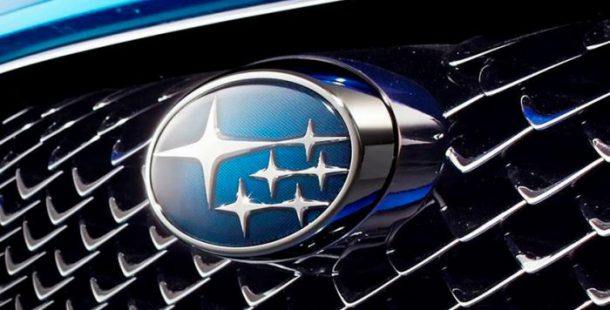












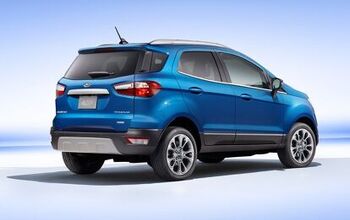
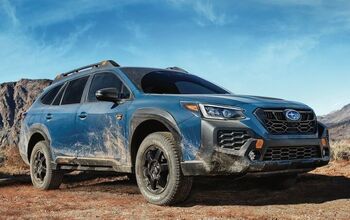
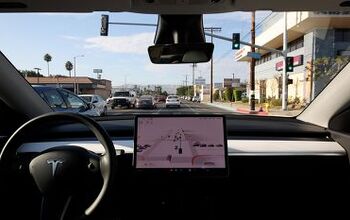
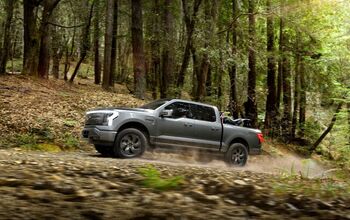
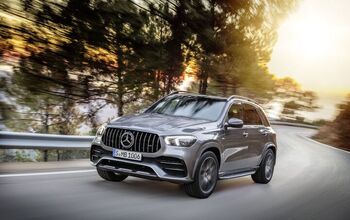
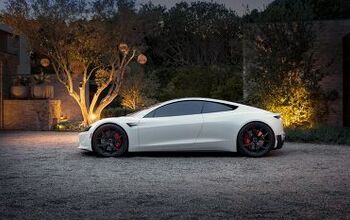
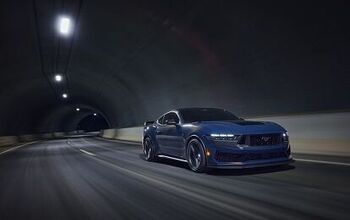
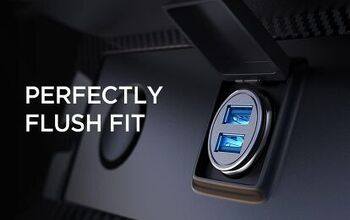
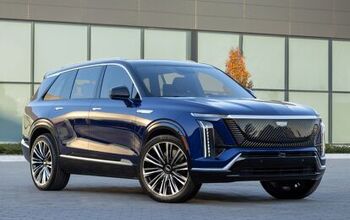
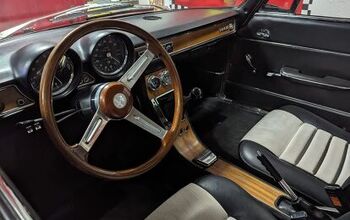

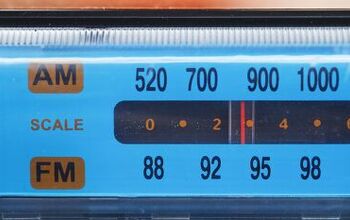
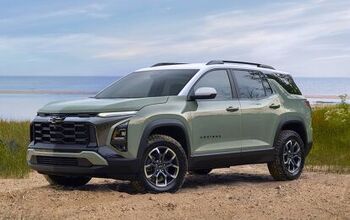
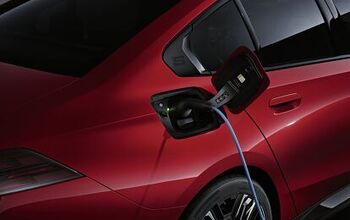
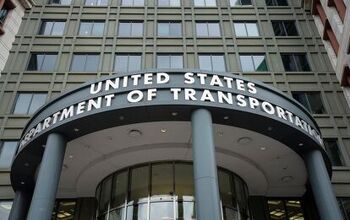
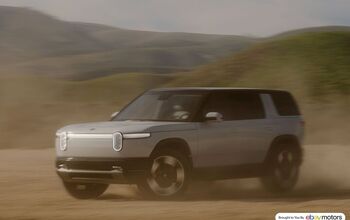


Comments
Join the conversation
trump pretty much showed his empty hand today while putin body slammed him on camera. These tariffs will go away soon.
What if it turns out that Subaru's technical progress was stalled by the siren song of the flat-four engine? Just like Volkswagen, who kindly provided Subaru with many so many of its customers over the years. VW stick with the basic Beetle layout for too long, it's now believed. Subaru's showing the same lack of diversity in its powertrains now, and it could hurt them.